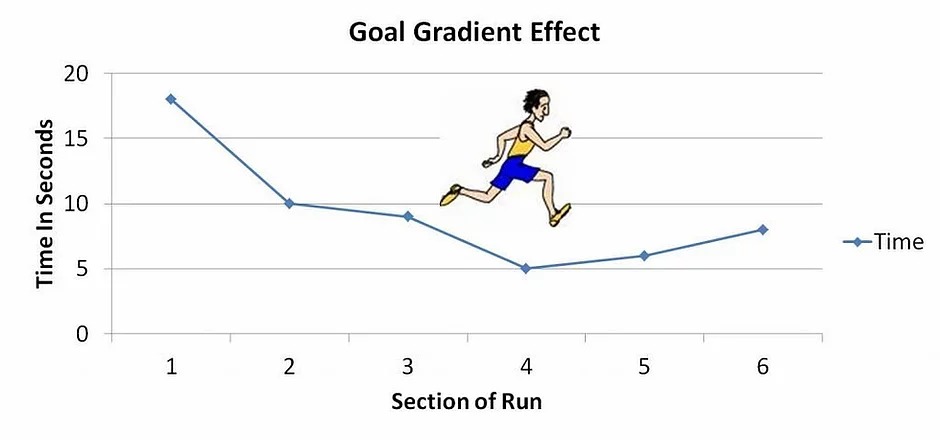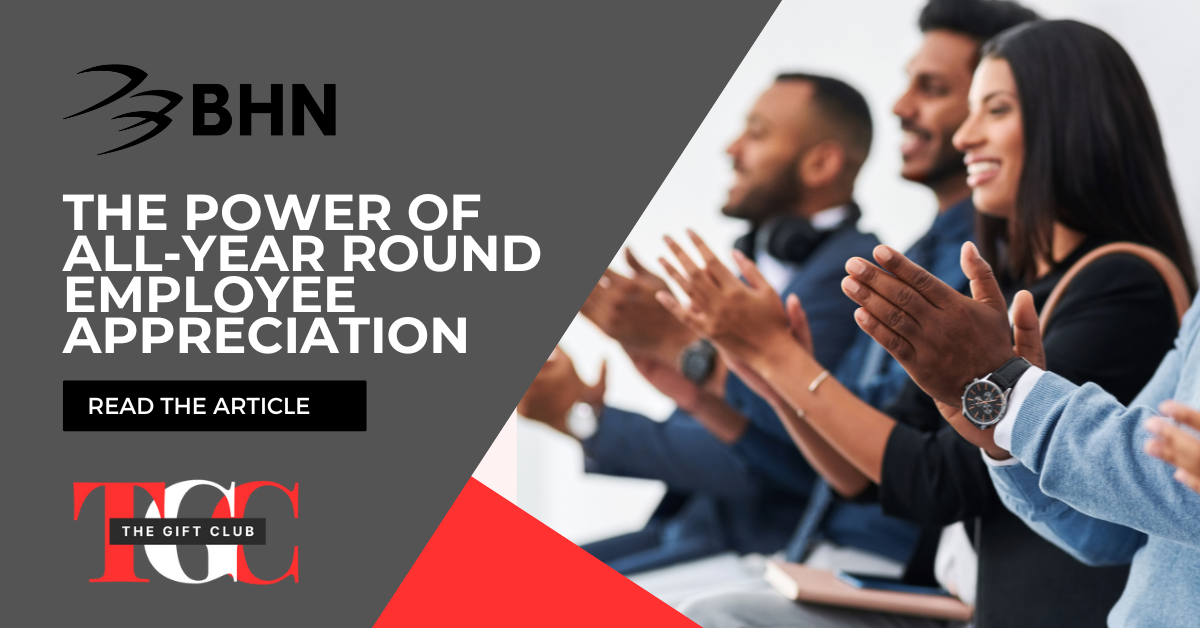Forget athletes, citizens make more donations to a charity as that charity gets closer to its fundraising goal. Forget citizens, bank customers also complete more new account applications, hit savings goals, and complete conversions if they can view a goal that is close. In this article, we look at the “Gradient Hypothesis” and how to use this behavioural marketing technique to increase a higher ROI on your rewards programs.
The Goal Gradient Hypothesis
Back in 1932, Clark Hull used rats in a maze to discover that the tendency, or energy, towards a goal increases with the proximity to the goal. The experiment was replicated hundreds of times over with athletes, charities, and other human behaviour.
Hull created a mathematical equation for this behaviour. He said that the probability that a human will increase their effort towards something is a product of how big the reward is, how much they desire that reward and how much of their behaviour towards that reward is already ingrained in a habit less any resistance or friction present in obtaining that reward.
In other words, the better your reward, the more comfortable we are about doing something and the easier it is to obtain that reward, the more likely we are to obtain that reward.
You Are Almost At The Reward
In a recent study, researchers charted the quantitative impact of offering rewards for behaviour. When customers can see their rewards and their progress, they convert to the desired behaviour 84% of the time versus 62% of the time, or 35% more. That 35% lift when it comes to loans or deposits is material and could be the difference between an average bank and a top-performing bank.
Putting This Into Action
Combine the academic research with our experience, and we draw the following lessons:
Get Them To Commit: To start on the right track, you need to obtain some sort of commitment from your customers (i.e., “Ready to Start!). This is why travel loyalty programs often have you opt-in for certain rewards like free nights. Research shows that you are 14% more likely to complete the goal if you affirm that goal to start. We have also found that the more difficult the task, the more important it is to obtain a starting commitment (which is also the reason why you are more likely to achieve your New Year’s resolutions if you write them down).
Show Progress: The Goal Gradient Hypothesis is the exact theory to explain why showing a progress bar for digital surveys or applications helps conversions. As the customer completes each step, they get emotionally rewarded by seeing their progress while progressing closer to their end goal
Create A Habit: Clark Hull discovered that if you are comfortable doing something, you are more likely to do it when offered a reward. Thus, if you get a customer to fill out a small form first, they are more likely to complete a longer application later. This is also why front-loading progress helps as it gets the customer used to completing a task and getting a reward.
Choose Short Rewards Over Longer Ones: A recent survey showed that 62% of post-college graduates would rather have $100,000 right way than $10 million when they reach age 65. Any bank sales manager knows this as monthly, or quarterly incentives work far better than annual bonuses.
Time When You Market: Work by Washington University and the University of Pennsylvania suggest a goal program is more successful if it is marketed around a landmark day such as New Year’s Day, graduation or even a Monday. This is why our research shows that the first two weeks in January are one of the best for bank marketing with the highest conversions. This “fresh start” phenomenon also explains why gym sales are greater on Monday’s or at the start of seasons.
Motivate At 50%: It is the middle of any effort that we perform the worst. Be it a race or a new account application, usually, we expend the most energy in the first 20% of any program as it is new, easy, and exciting. Then, when the hard work kicks in and we get tired, the pre-race adrenaline wears out, or the loan questions get more complex, we slow or have a higher probability of abandonment. This is why smart companies make sure they increase their messaging and put more energy into (i.e., “You are almost there!”) right after the 50% mark. After the 70% mark, usually, the proximity of the end goal will provide the motivation needed.
Beware of The Post-Reward Drop: Whenever you offer a reward and then stop, the desired behaviour gets reduced. How much? In the research cited above, if your baseline behaviour is 62%, and your conversions on your reward behaviour is at 84%, then the data shows that your post-reward conversion will drop to 50% for the first period before building back up over five periods (a period is whatever you interval for progress would be – i.e., daily rewards, weekly, monthly, etc.). For example, bankers need to plan and market around this side effect to limit its impact.
One final note, if you want to predict how well your program will go, the first 20% of the program happens to be highly correlative to success. The more participation you can get during this first 20%, the more likely your success will be, and the more accurate your predictions for success will be.
Having frequent and near-term rewards increase our motivation. As you design compensation, surveys, marketing promotions, digital applications, or loyalty programs, consider structuring your rewards to take advantage of the powerful Goal Gradient Hypothesis.
Source – https://csbcorrespondent.com/




